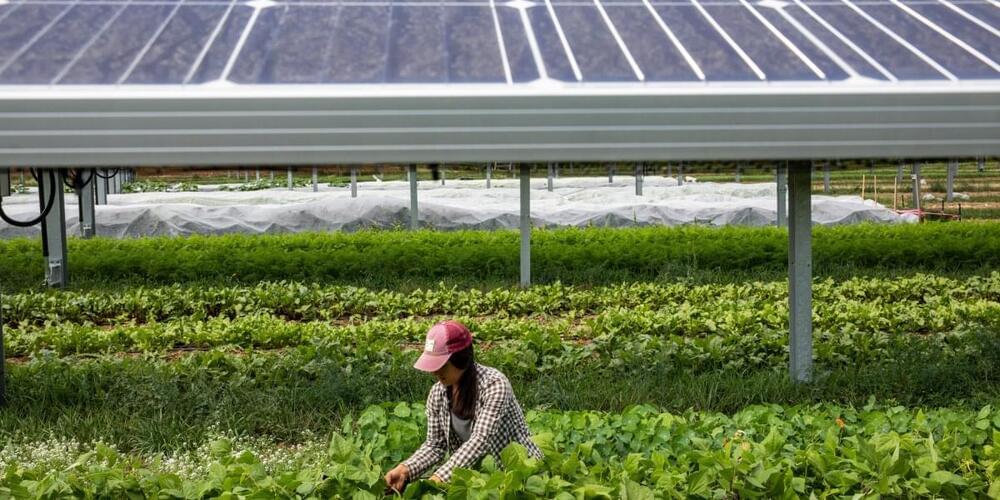Rationally designed bioinks enable bioprinting of mechanically and physiologically relevant vascular conduits.
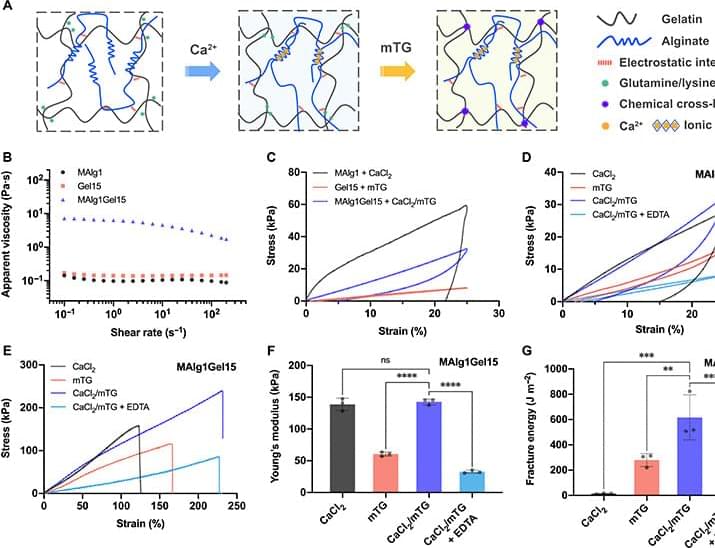


In November 2021, while the municipal utility in Marburg, Germany, was performing scheduled maintenance on a hot water storage facility, engineers glued 18 solar panels to the outside of the main 10-meter-high cylindrical tank. It’s not the typical home for solar panels, most of which are flat, rigid silicon and glass rectangles arrayed on rooftops or in solar parks. The Marburg facility’s panels, by contrast, are ultrathin organic films made by Heliatek, a German solar company. In the past few years, Heliatek has mounted its flexible panels on the sides of office towers, the curved roofs of bus stops, and even the cylindrical shaft of an 80-meter-tall windmill. The goal: expanding solar power’s reach beyond flat land. “There is a huge market where classical photovoltaics do not work,” says Jan Birnstock, Heliatek’s chief technical officer.
Organic photovoltaics (OPVs) such as Heliatek’s are more than 10 times lighter than silicon panels and in some cases cost just half as much to produce. Some are even transparent, which has architects envisioning solar panels not just on rooftops, but incorporated into building facades, windows, and even indoor spaces. “We want to change every building into an electricity-generating building,” Birnstock says.
Heliatek’s panels are among the few OPVs in practical use, and they convert about 9% of the energy in sunlight to electricity. But in recent years, researchers around the globe have come up with new materials and designs that, in small, labmade prototypes, have reached efficiencies of nearly 20%, approaching silicon and alternative inorganic thin-film solar cells, such as those made from a mix of copper, indium, gallium, and selenium (CIGS). Unlike silicon crystals and CIGS, where researchers are mostly limited to the few chemical options nature gives them, OPVs allow them to tweak bonds, rearrange atoms, and mix in elements from across the periodic table. Those changes represent knobs chemists can adjust to improve their materials’ ability to absorb sunlight, conduct charges, and resist degradation. OPVs still fall short on those measures. But, “There is an enormous white space for exploration,” says Stephen Forrest, an OPV chemist at the University of Michigan, Ann Arbor.
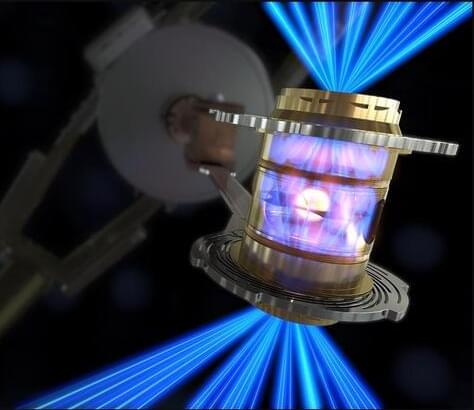
More energy out than in. For 7 decades, fusion scientists have chased this elusive goal, known as energy gain. At 1 a.m. on 5 December, researchers at the National Ignition Facility (NIF) in California finally did it, focusing 2.05 megajoules of laser light onto a tiny capsule of fusion fuel and sparking an explosion that produced 3.15 MJ of energy—the equivalent of about three sticks of dynamite.
“This is extremely exciting, it’s a major breakthrough,” says Anne White, a plasma physicist at the Massachusetts Institute of Technology, who was not involved in the work.
Mark Herrmann, who leads NIF as the program director for weapons physics and design at Lawrence Livermore National Laboratory, says it feels “wonderful,” adding: “I’m so proud of the team.”
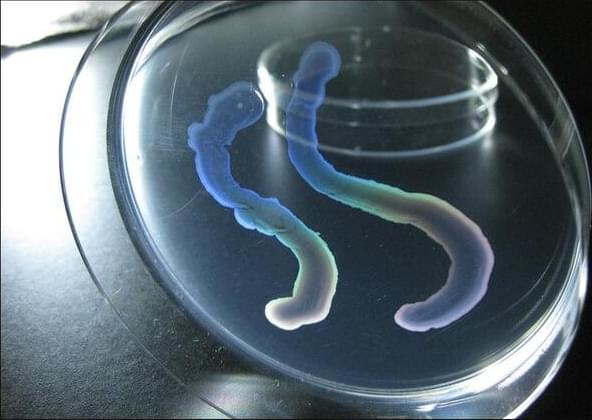
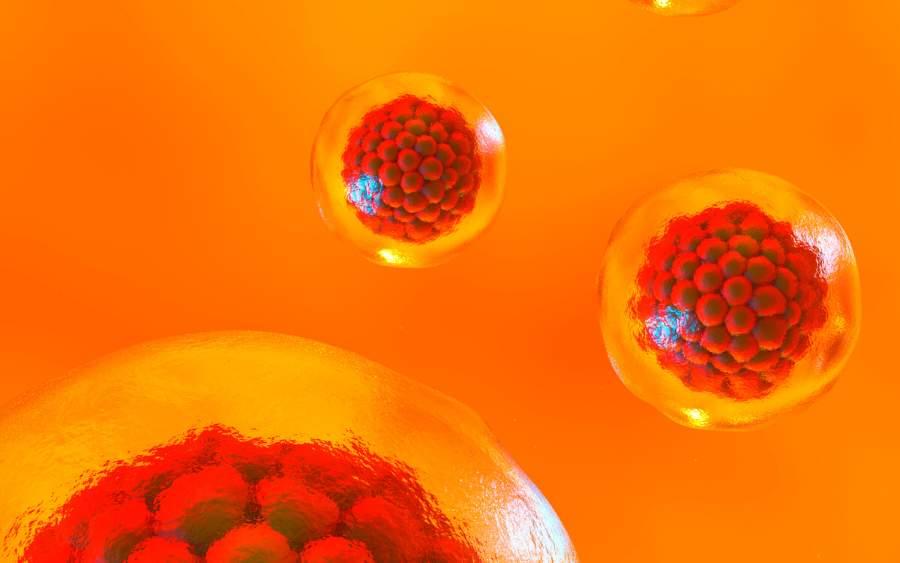
Imagine being able to have a language conversation about anything with a computer. This is now possible and available to many people for the first time with ChatGPT. In this episode we take a look at the consequences and some interesting insights from Open AI’s CEO Sam Altman.
» Podcast: https://www.youtube.com/channel/UC6jKUaNXSnuW52CxexLcOJg.
Interviews with Altman: https://www.youtube.com/watch?v=WHoWGNQRXb0
» Twitter | @ColdFusion_TV
» Instagram | coldfusiontv.
//Soundtrack//
Burn Water — Nostalgia Dreams [The Deep Mix]
All Parts Equal – Airae.
City Phases — John Abbot.
Burn Water – Ikigai.
Burn Water – Take Flight (Instrumental)
In the Waiting — Johannes Bornlof.
Burn Water — Yesterday’s Future.
Roland Lewis — Wait.
Burn Water – Being Honest.
Aphex Twin – Stone in Focus.
Tangerine Dream — Love On A Real Train.
Burn Water – Passage of Time.
Burn Water – Nostalgia Dreams.
Sources:
https://doi.org/10.1101/2022.12.21.
Community Detection in Brain Connectome using Quantum Annealer Devices:
Recent advancements in network neuroscience are pointing in the direction of considering the brain as a small-world system with segregated regions integrated to facilitate different cognitive tasks and functions. In this context, community detection is a pivotal issue in computational neuroscience. In this paper we explore community detection within brain connectomes using the power of quantum annealers, and in particular the Leap’s Hybrid Solver. Our results shows that quantum annealers can achieve higher modularity index compared to classical annealer while computing communities of brain connectomes. Those promising preliminary results points out that quantum annealers might be the better choice compared to classical computing optimization process.
#quantum #brain #networks
A new human study shows that a collagen supplement significantly reduced wrinkles around the eyes after only 12 weeks of treatment.
My full supplement stack: https://drstanfield.com/my-supplements/
Supplements I source from Amazon: http://amzn.to/3o2ULOV
✨10% Discount Code: BRAD ✨
• DoNotAge.org: https://donotage.org/products/
• Renue By Science: https://renuebyscience.com/?rfsn=5206061.b626e7&coupon-code=brad.
• ProHealth: https://www.prohealthlongevity.com/collections/best-sellers.
✨10% Discount Code: BRAD ✨
Donate towards my Rapamycin & Exercise clinical study: https://bit.ly/3QwugRx.
✔️ Look & Feel 5-Years Younger in 90-Days: https://drstanfield.com/5-years-younger/
✔️ Twitter: https://twitter.com/BradStanfieldMD
✔️ Patreon: https://www.patreon.com/bradstanfieldmd.
Here are the links to the research papers referenced in the video:
I believe that full automation of jobs will create an utopia so we can all have universal basic income giving a reprieve for all humans from hard labor or hard mental labor as well kinda like the Jetsons where very few will need to work. Essentially allowing us to dream just like Ray Kurzweil has proposed.
AI taking over jobs may happen in some industries more than others. Learn how AI and robots will impact the future of work.
